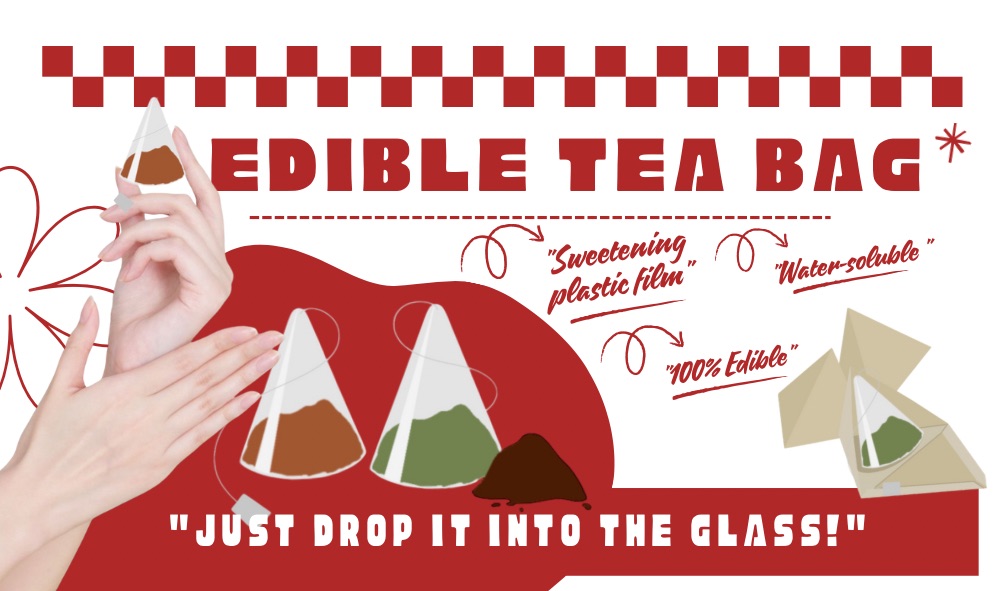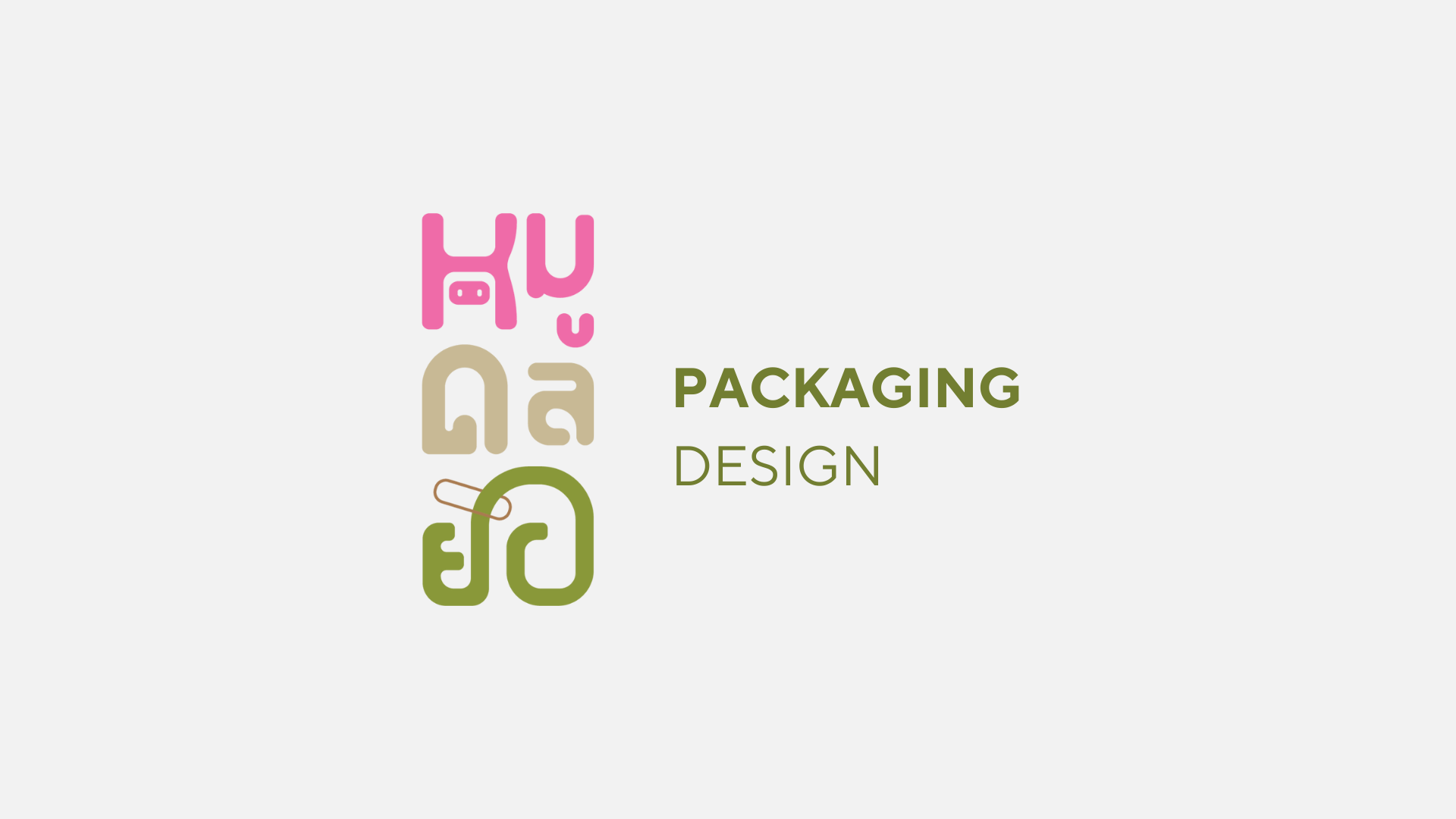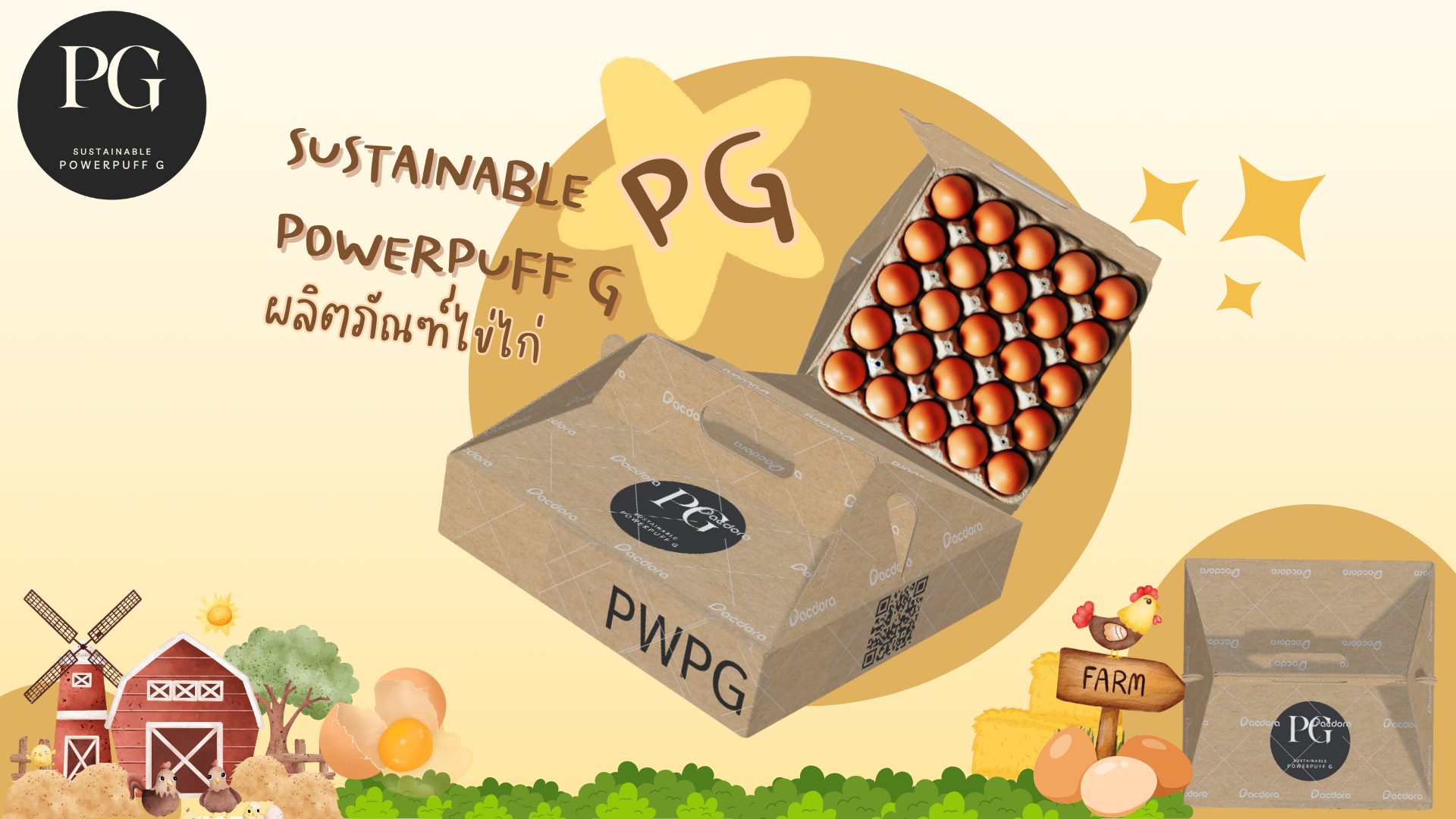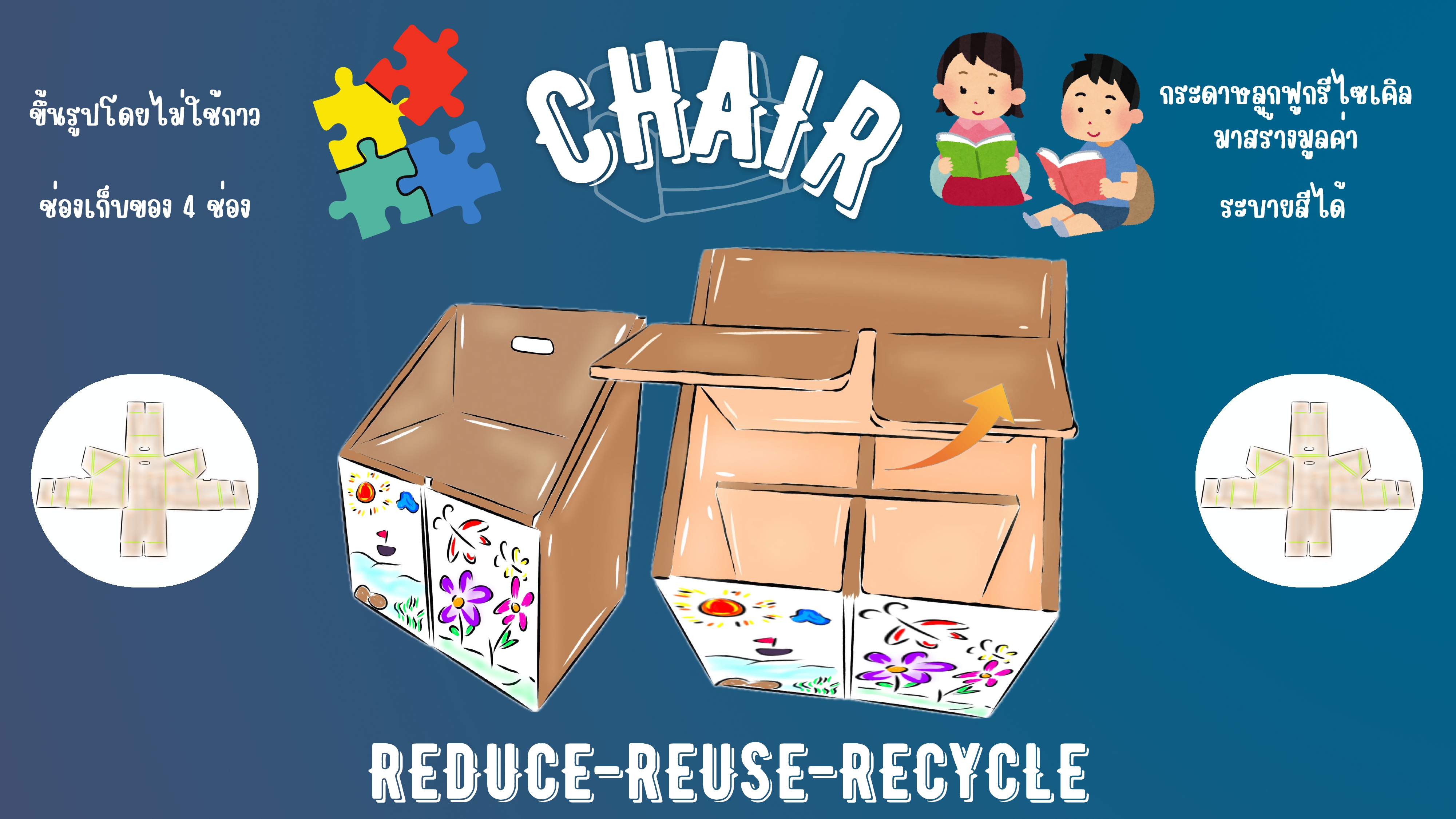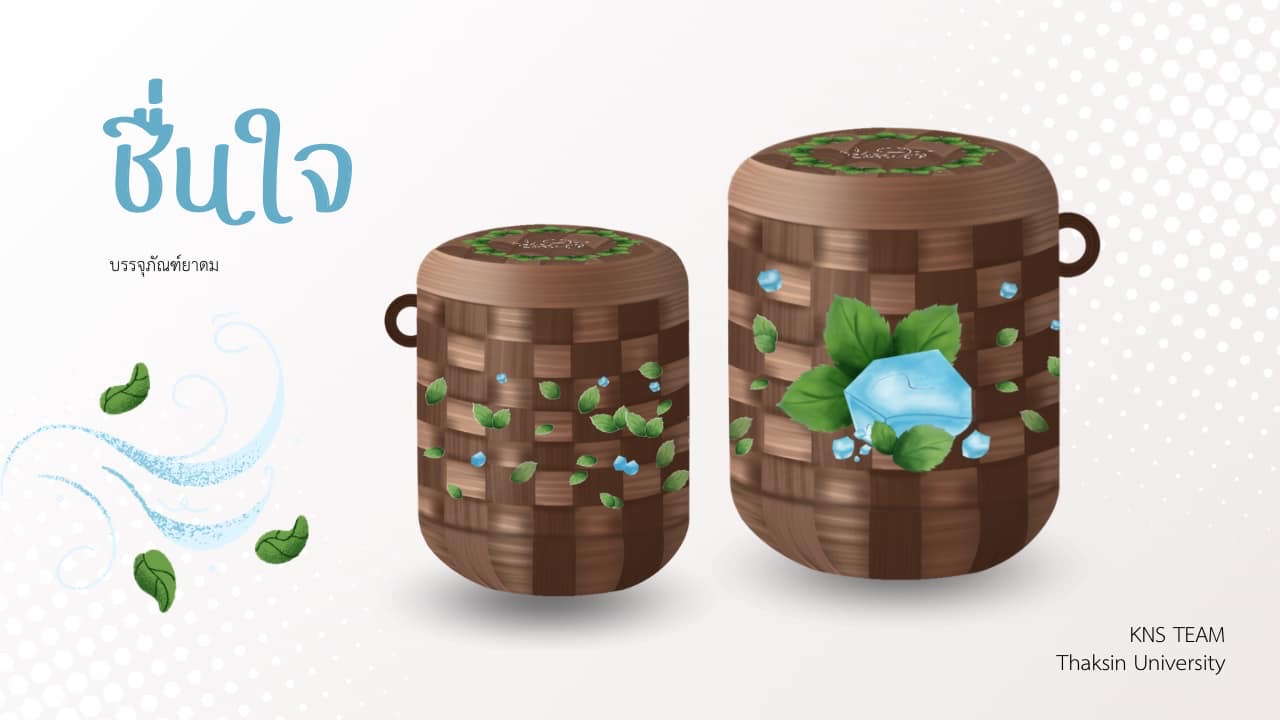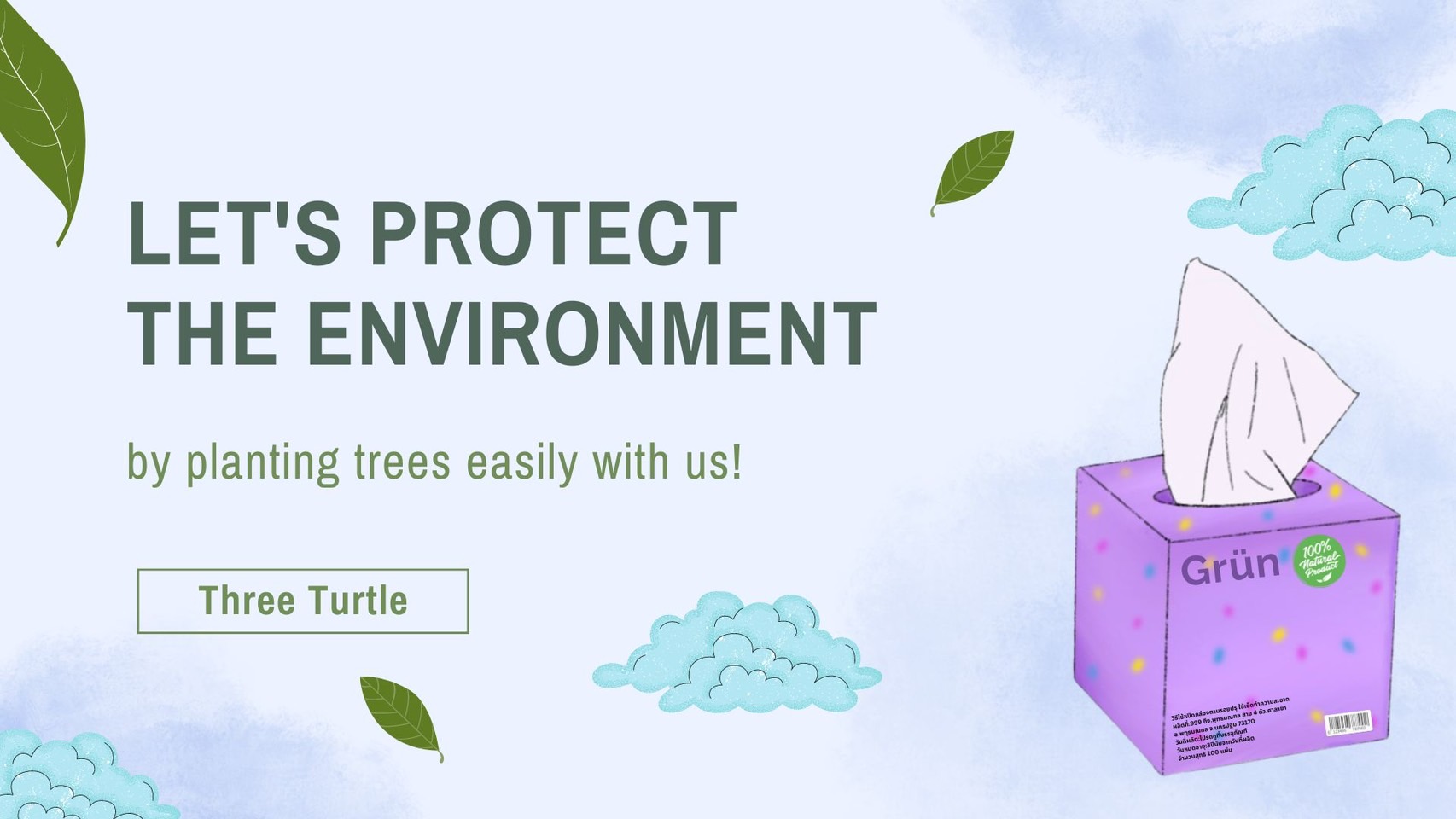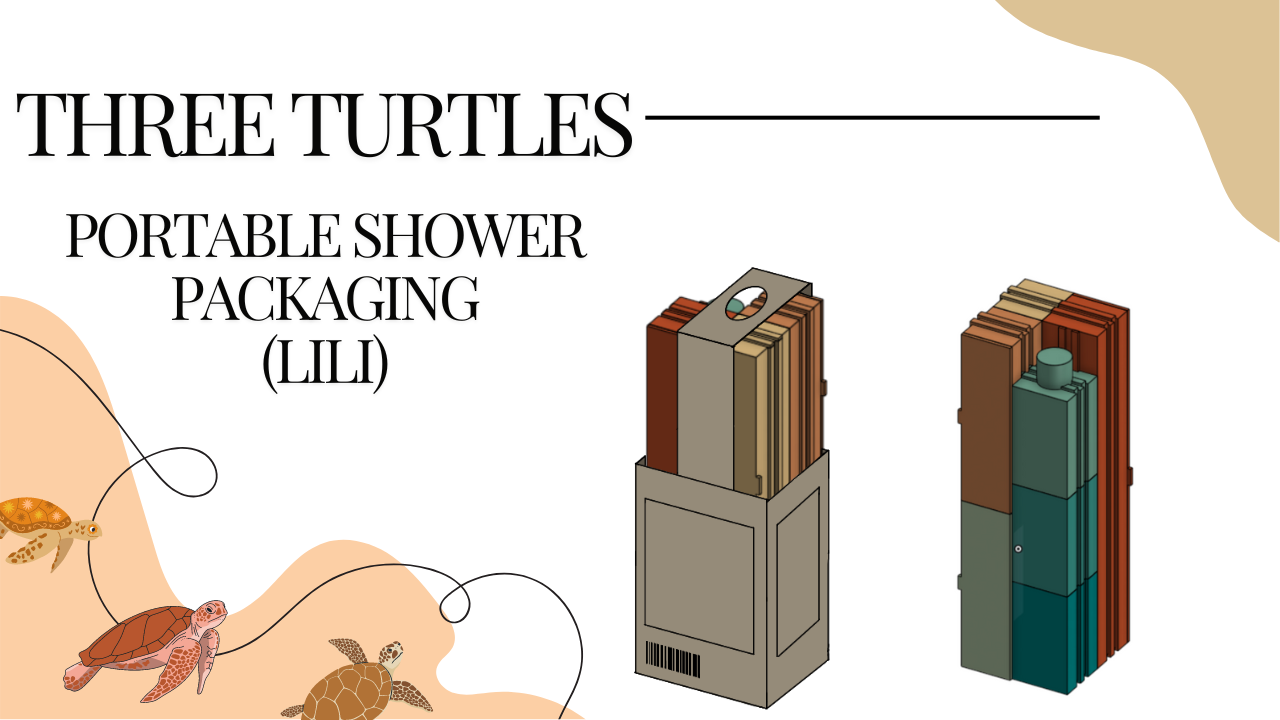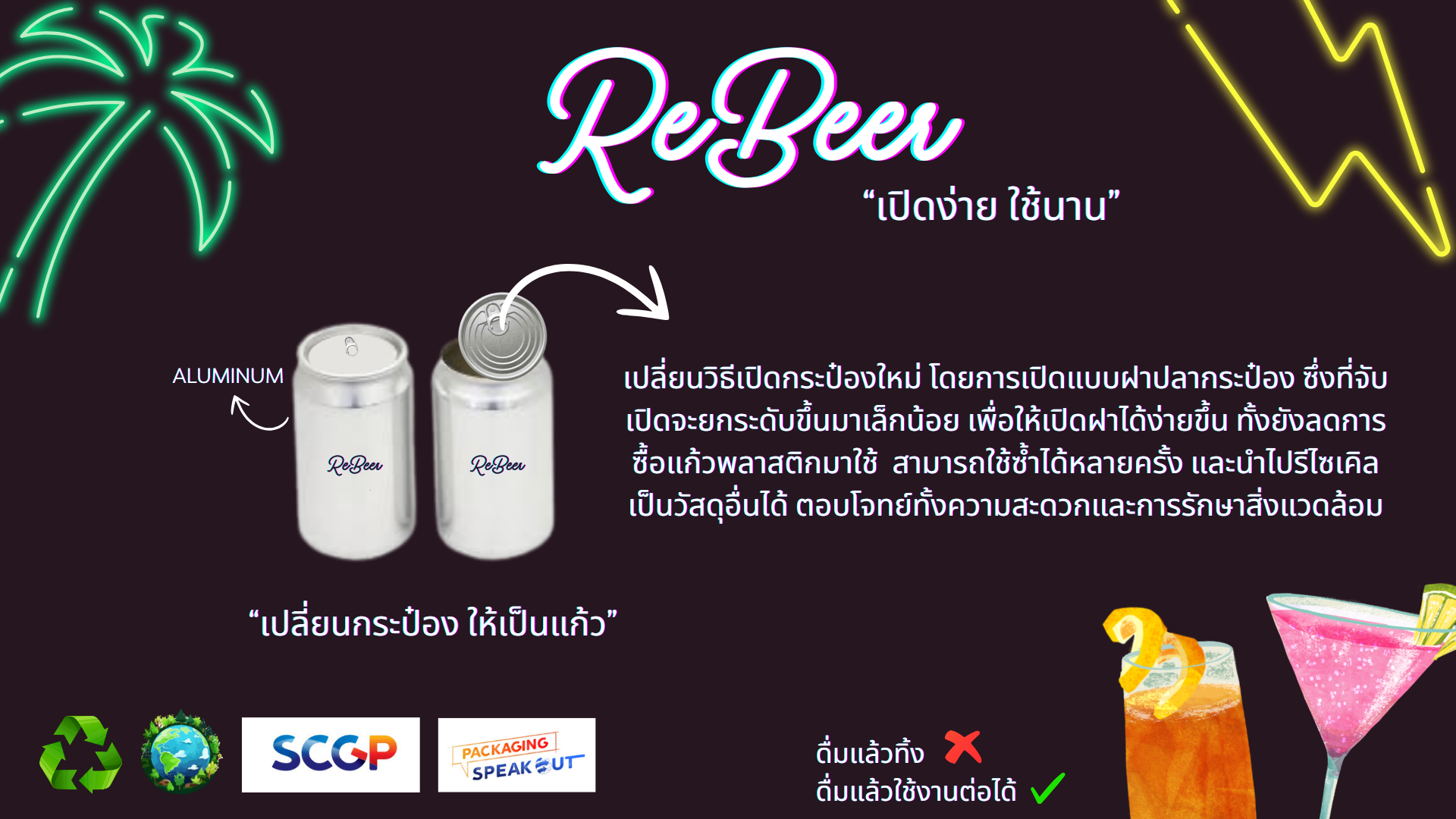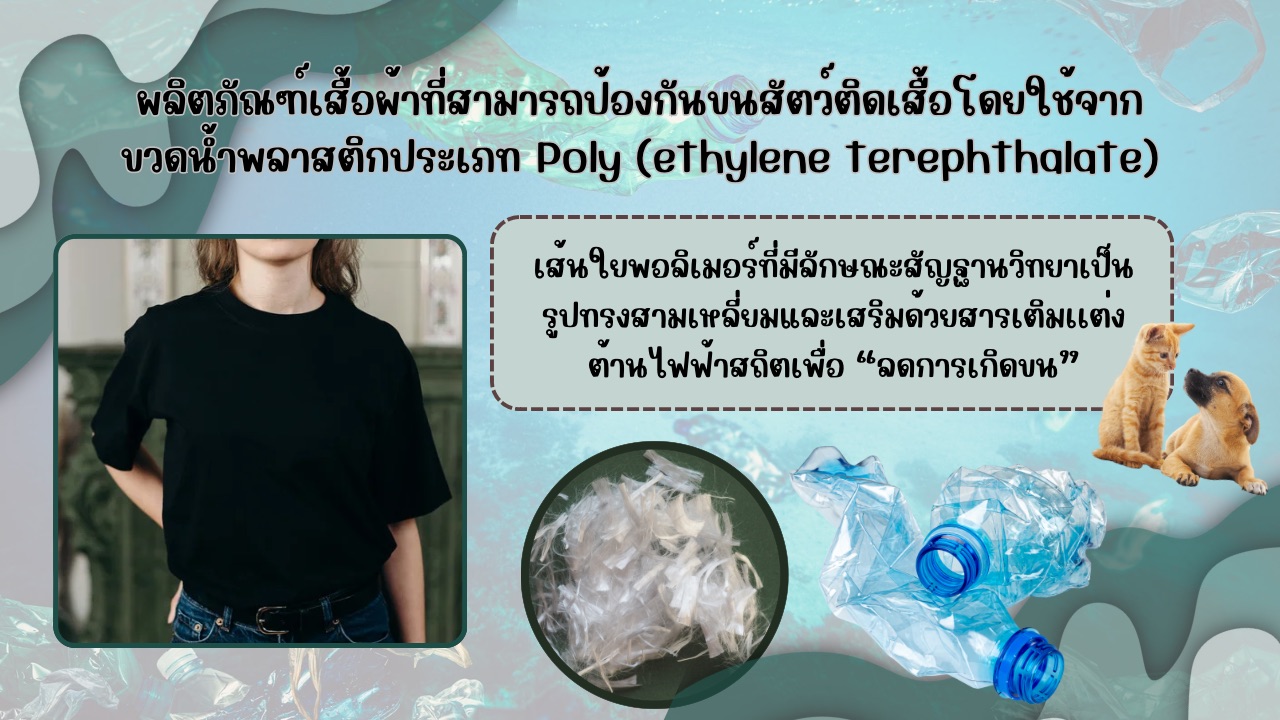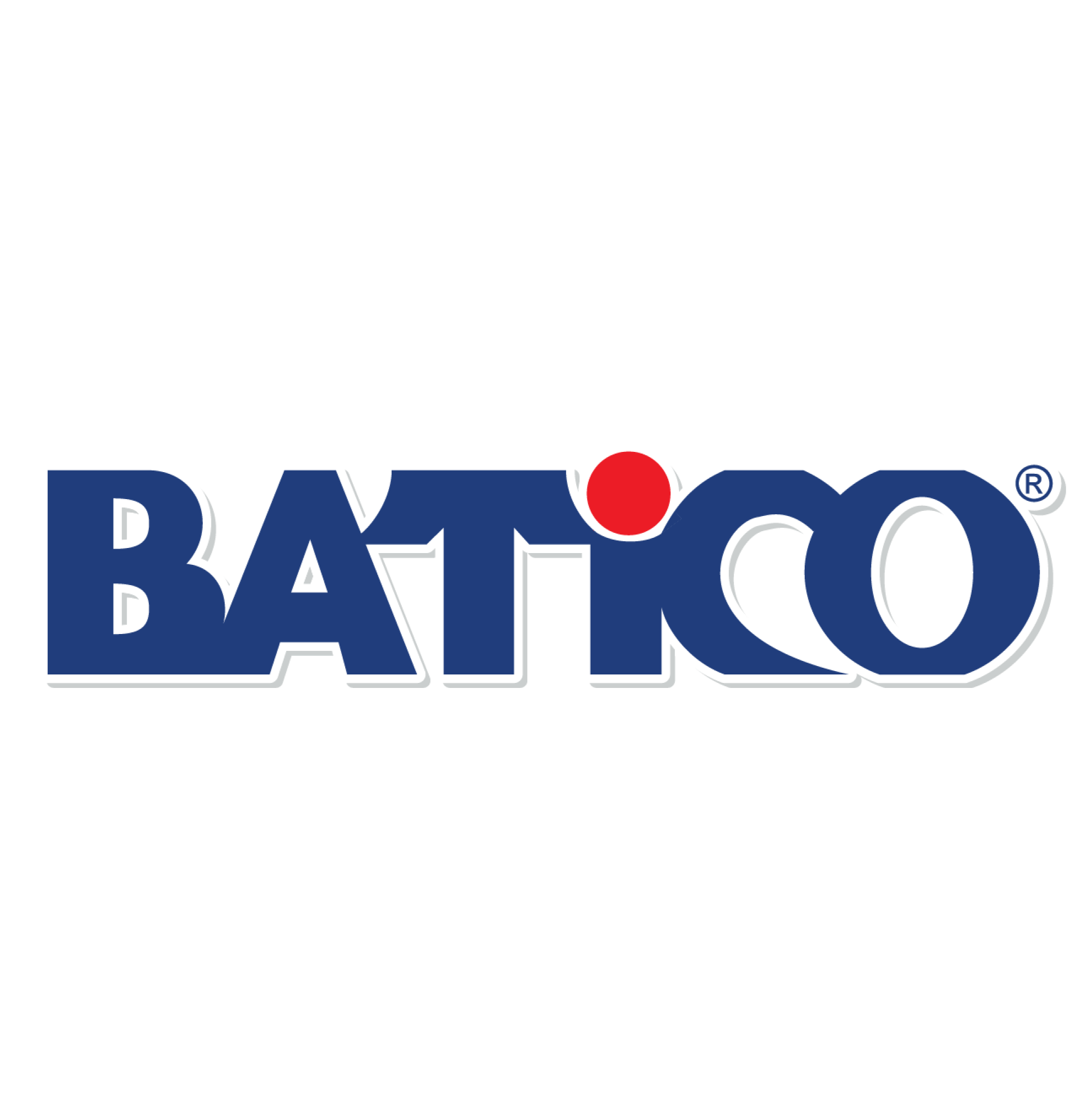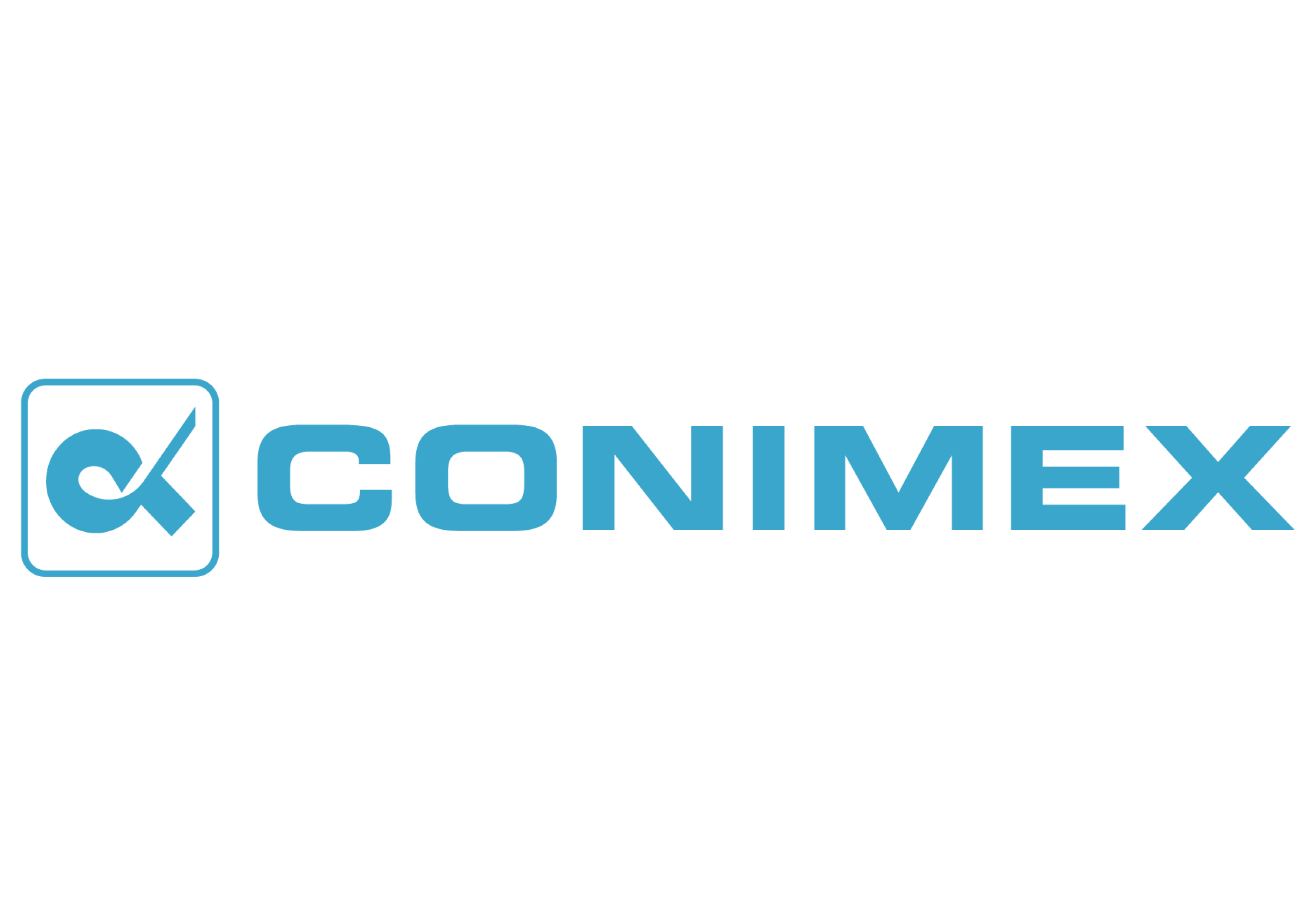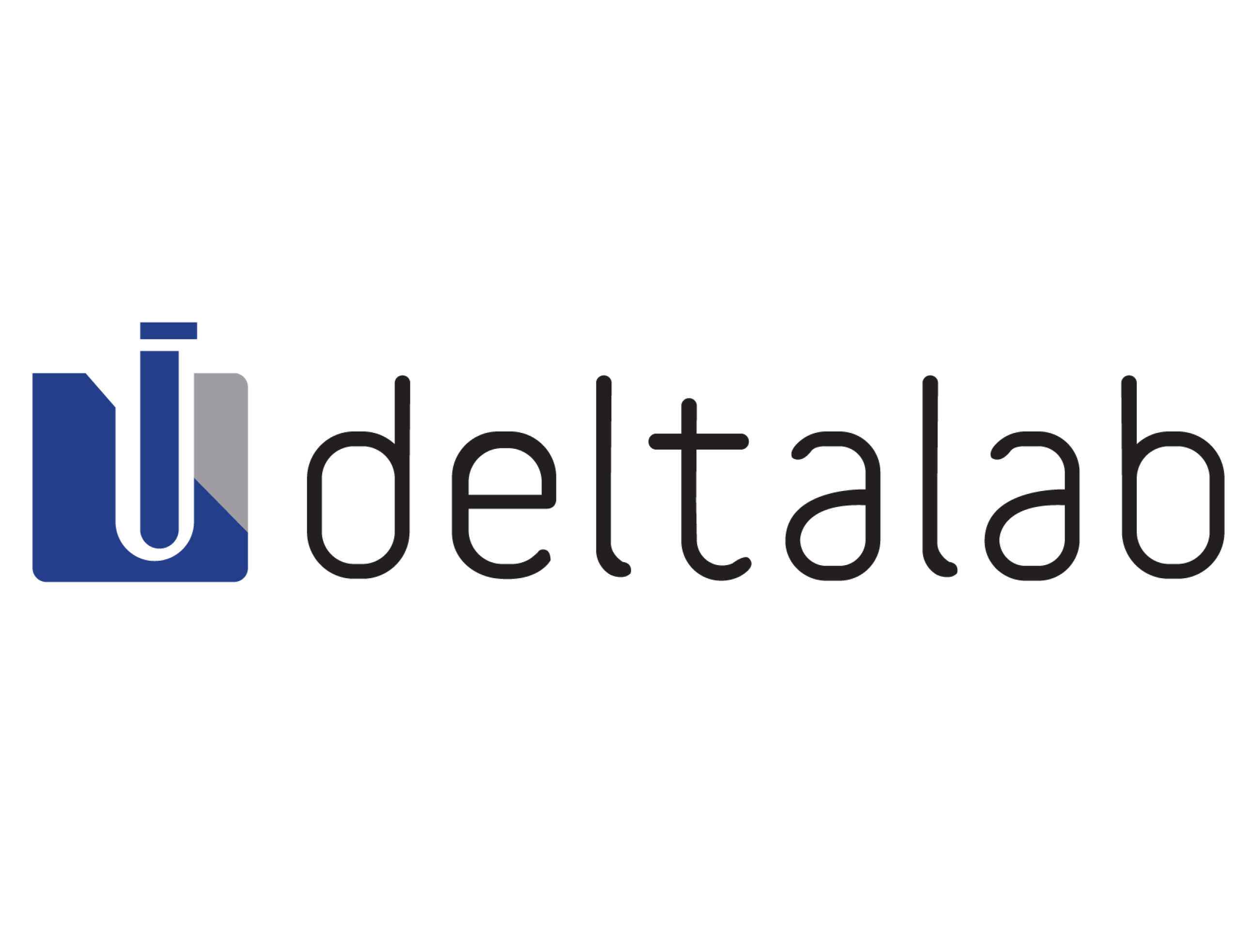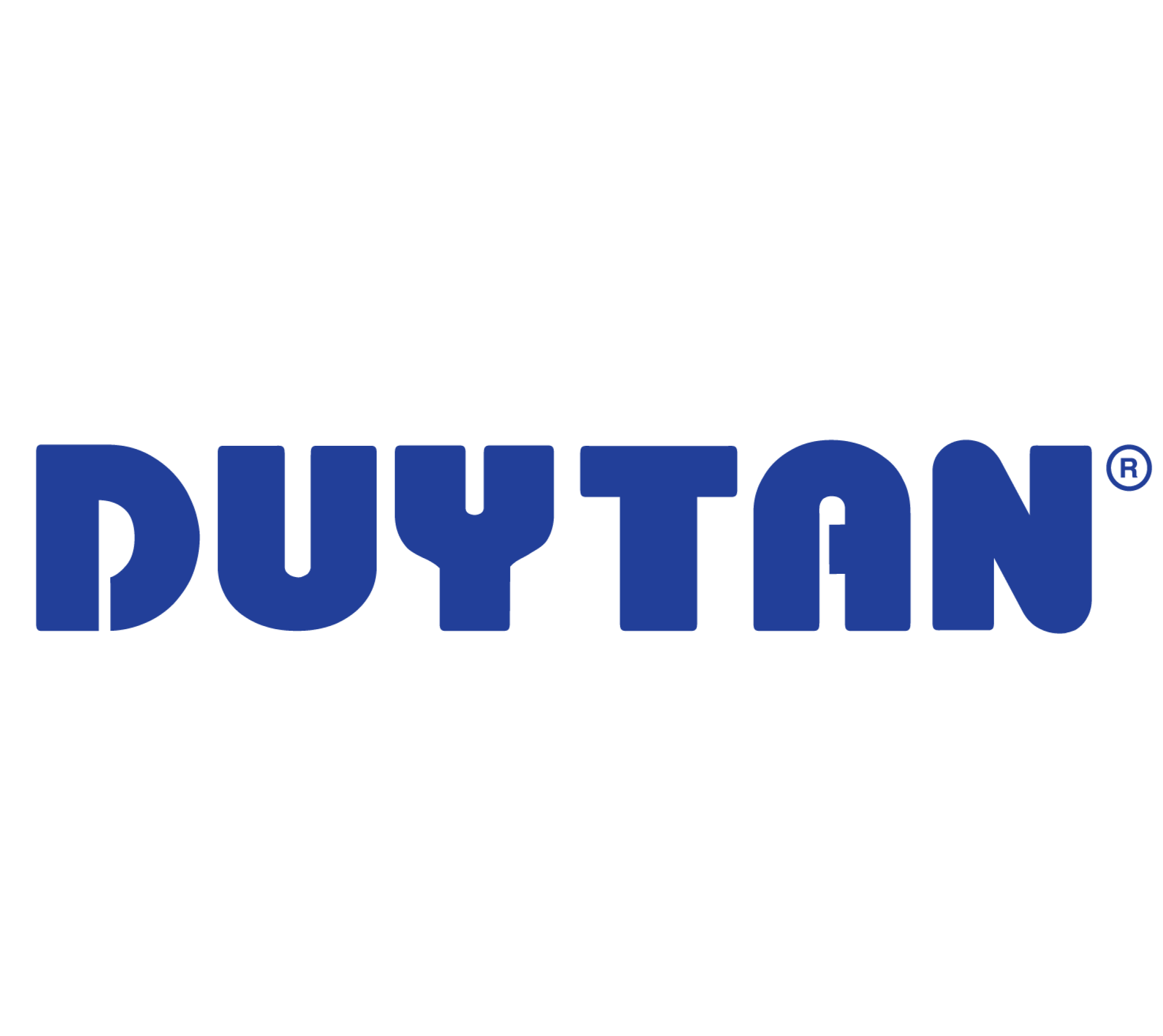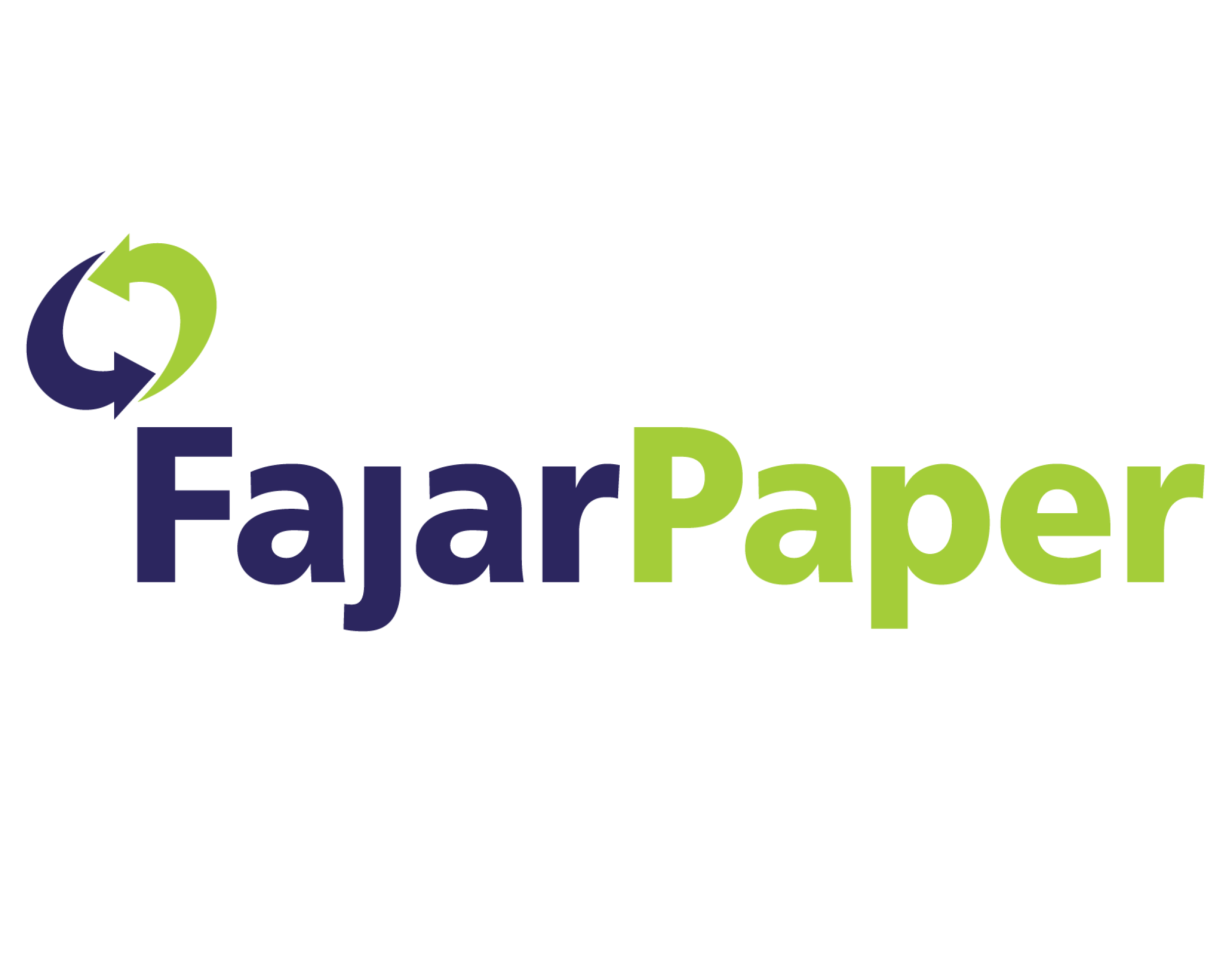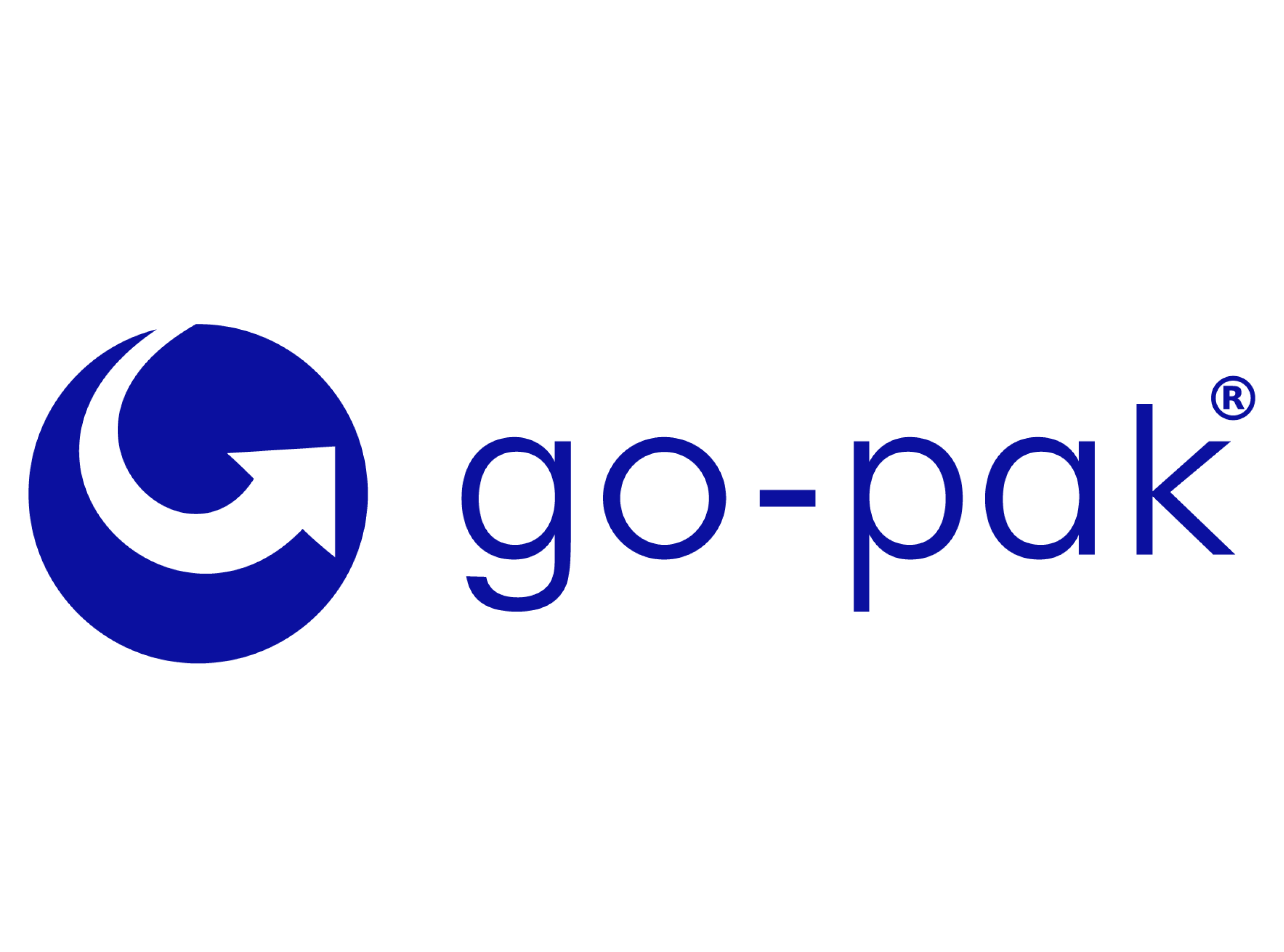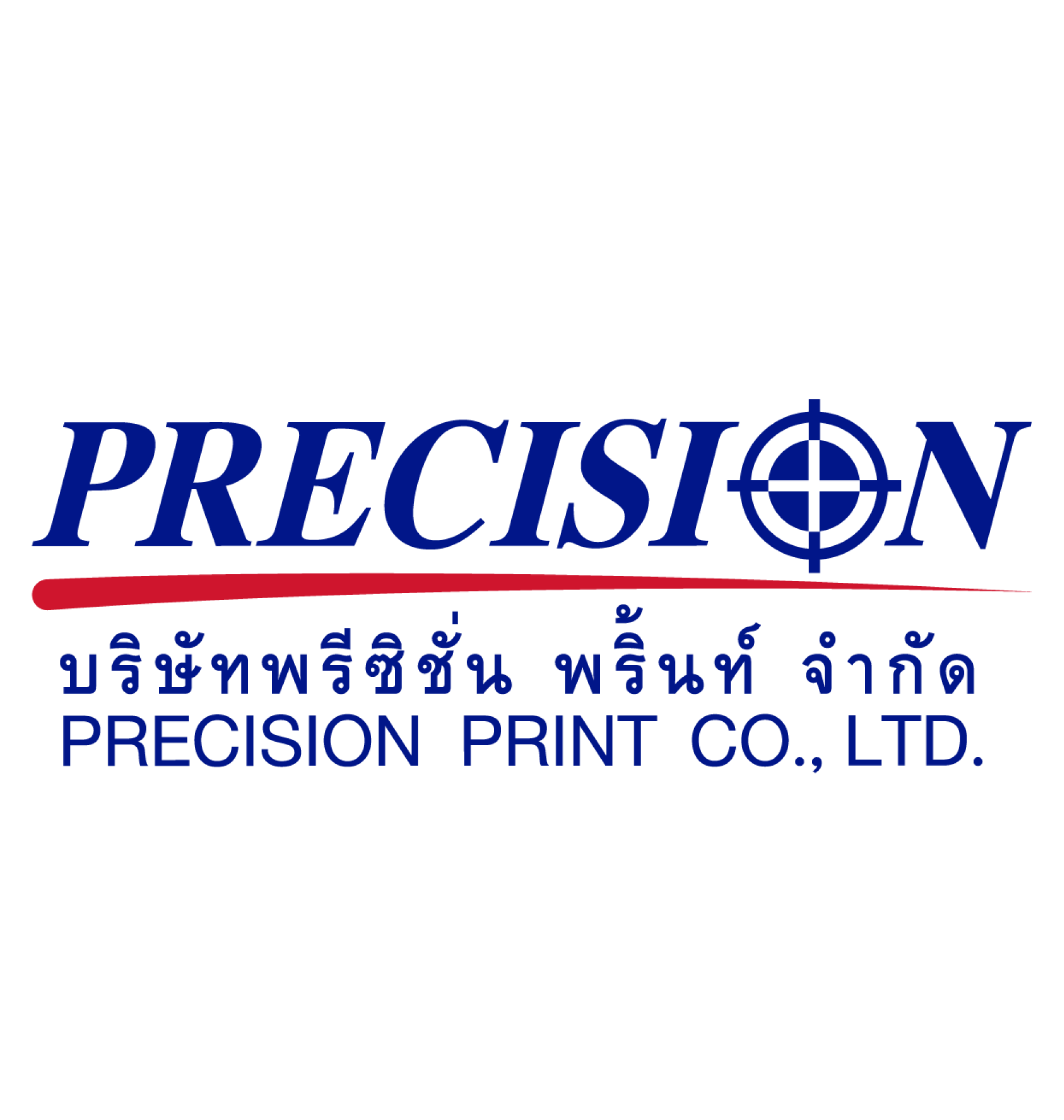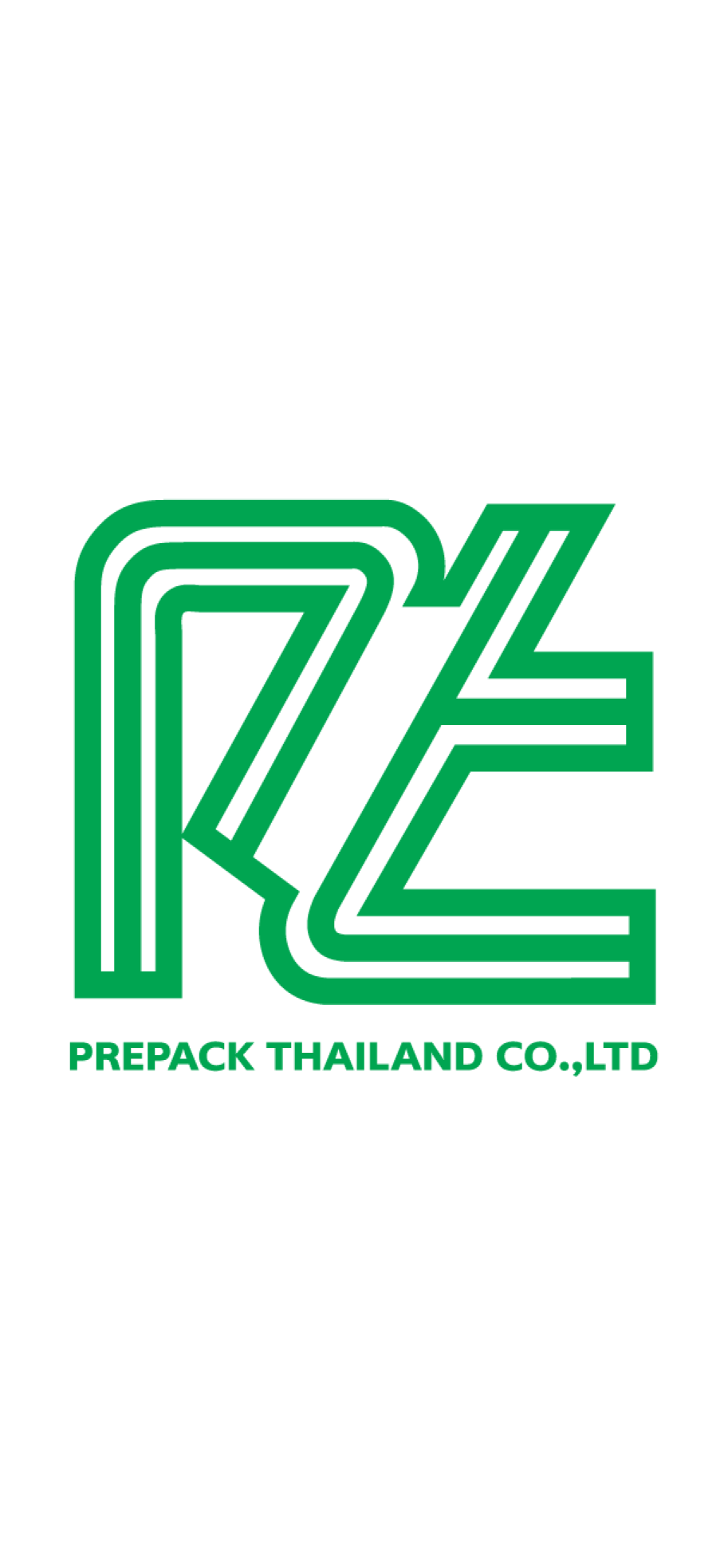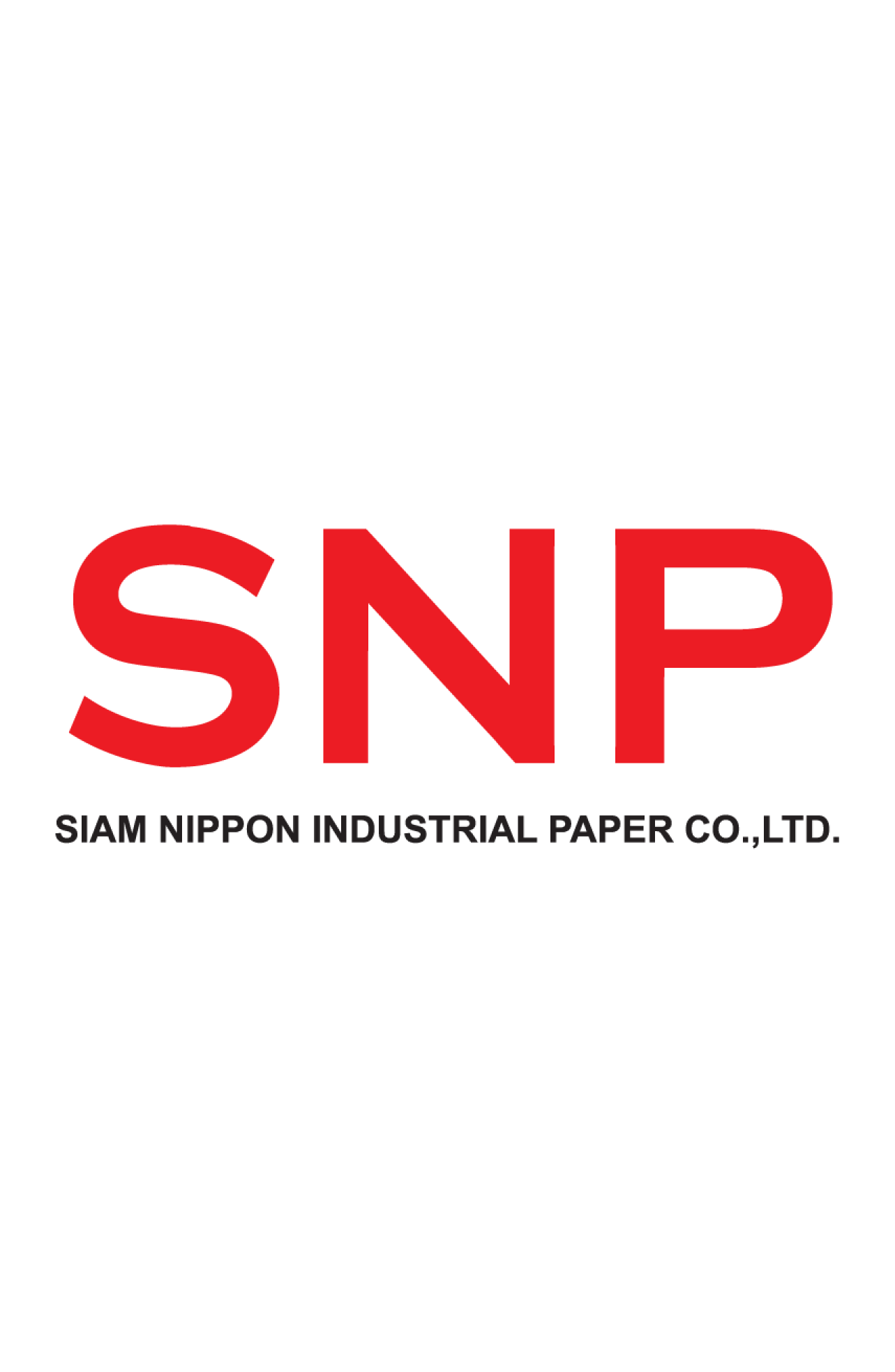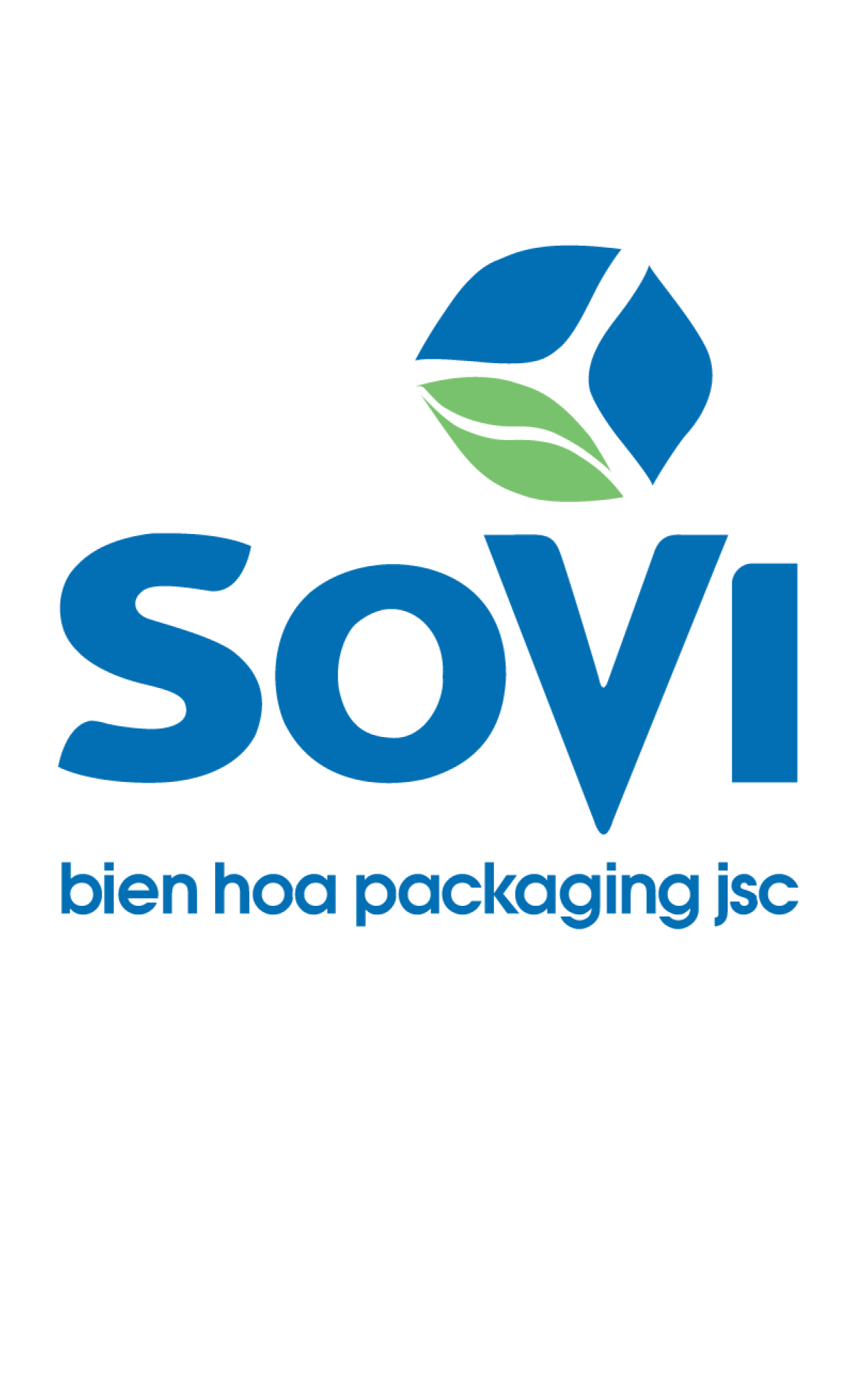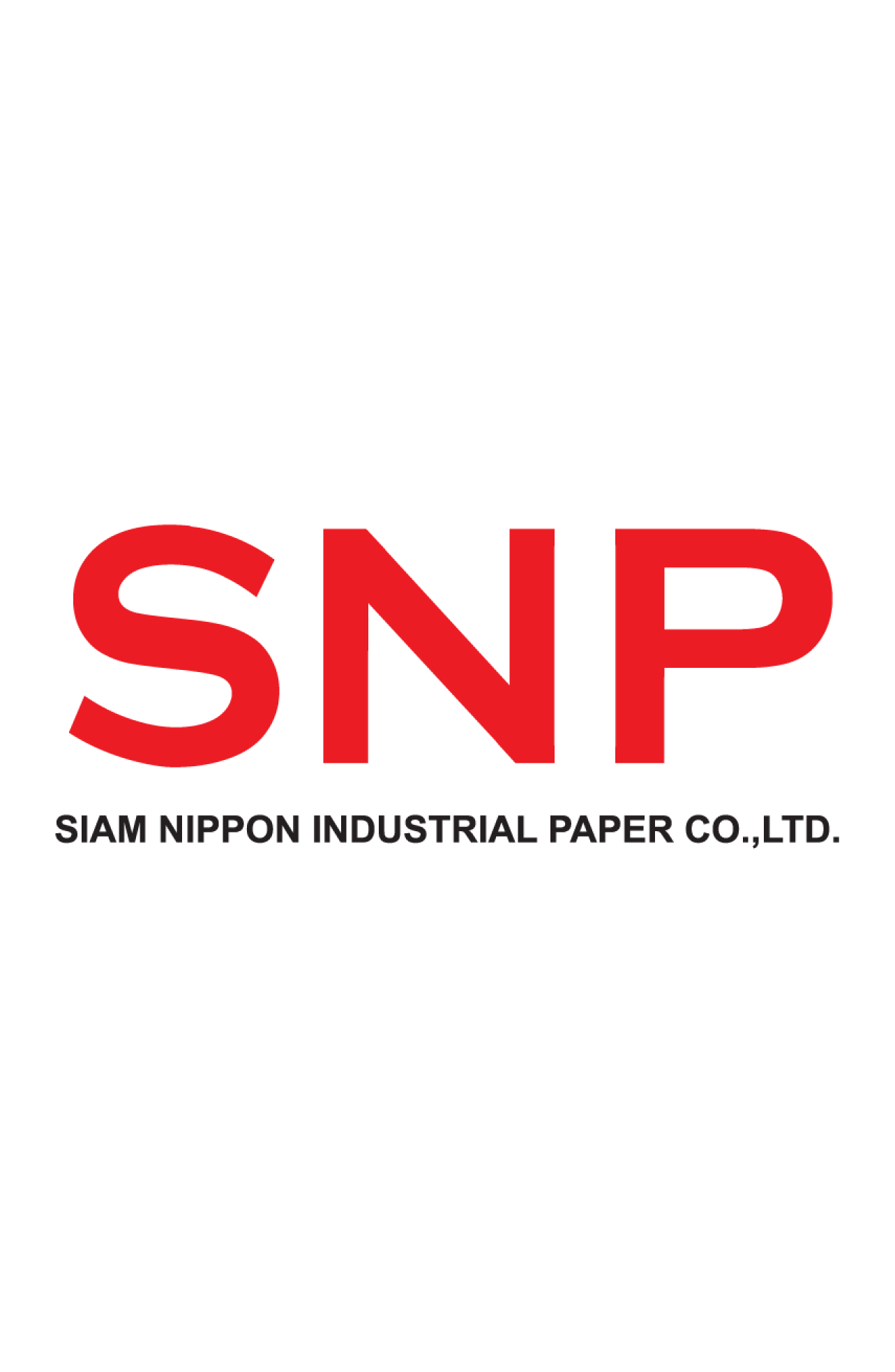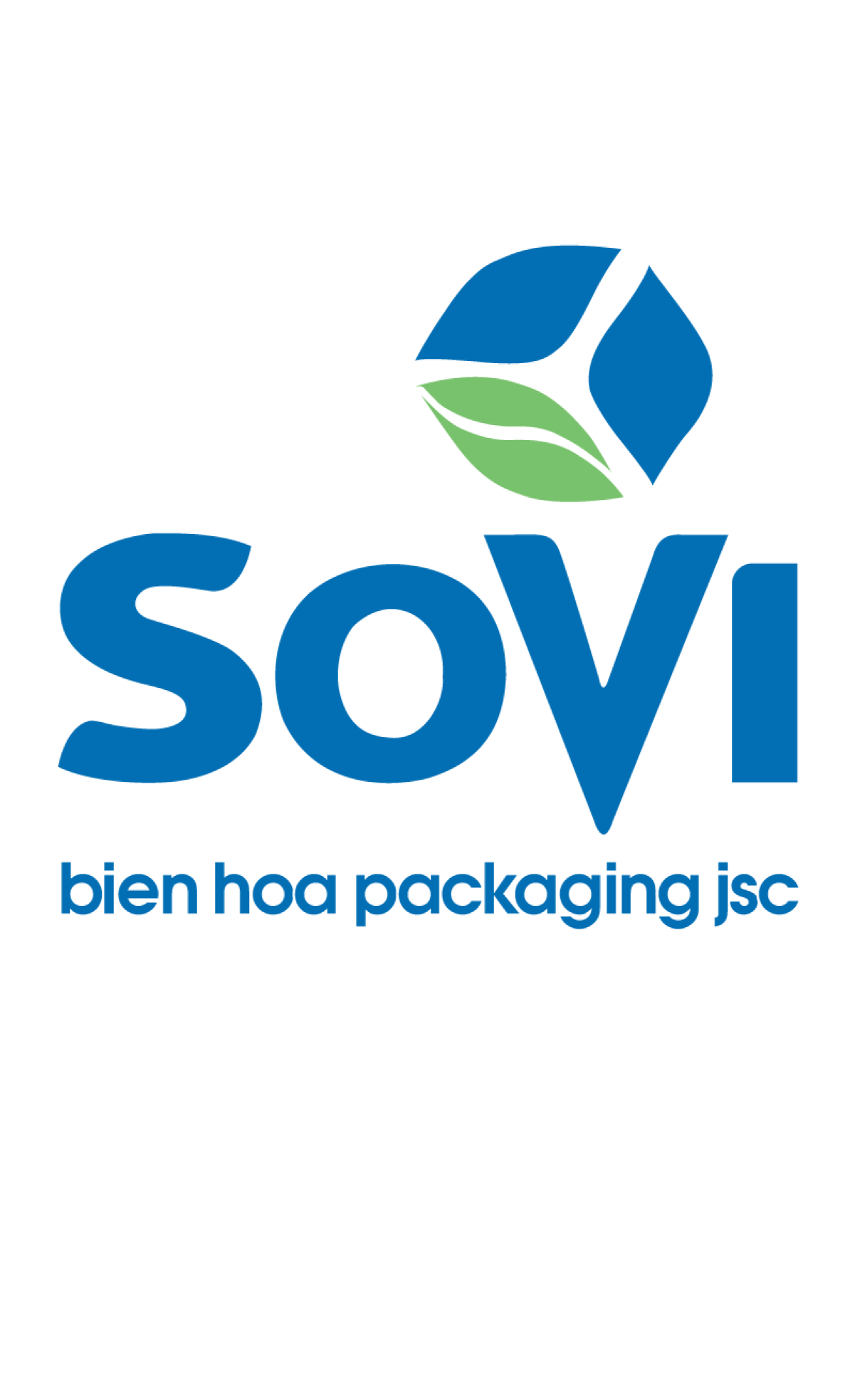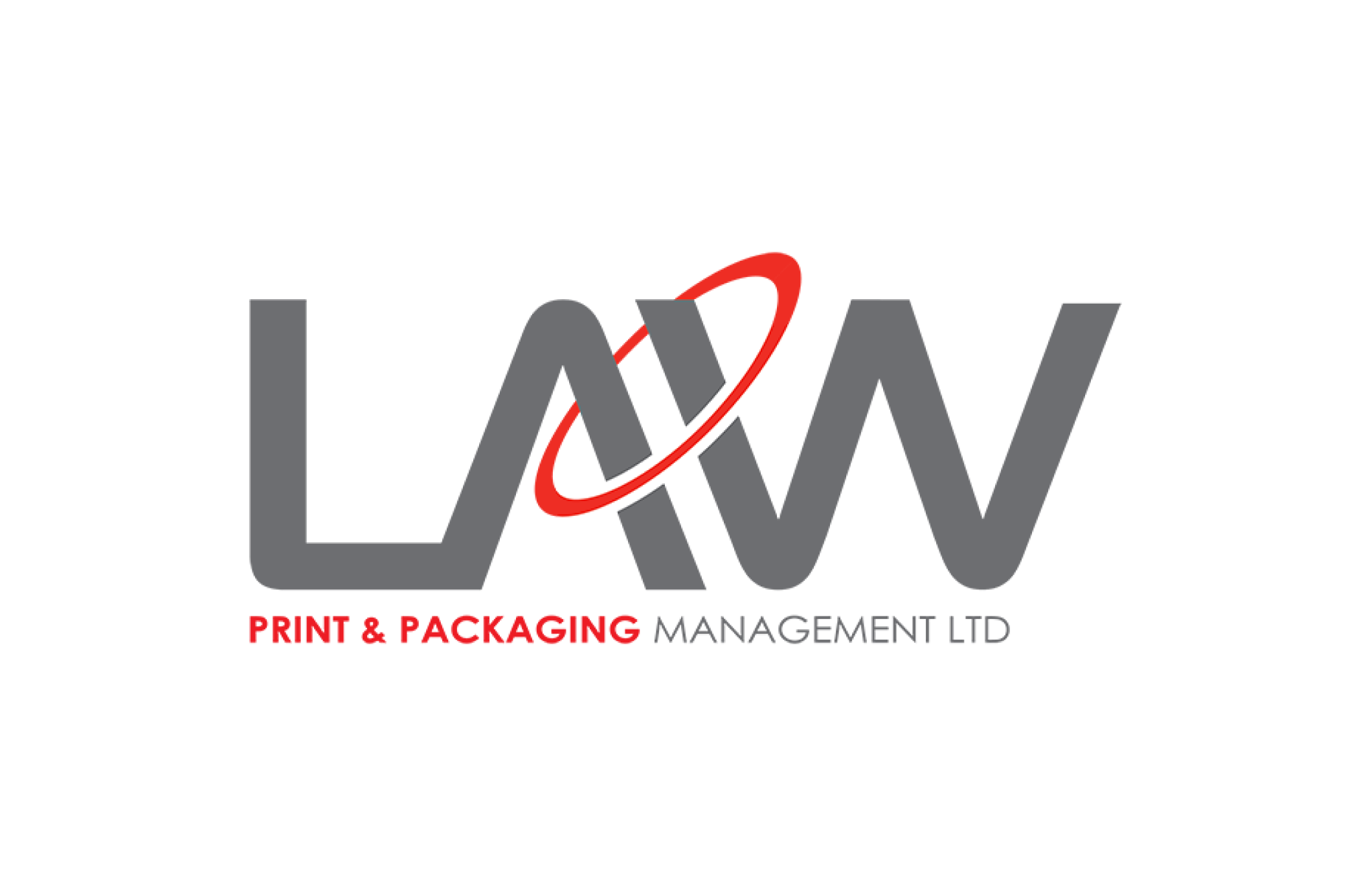Decoration Wallpaper from Granola Packaging
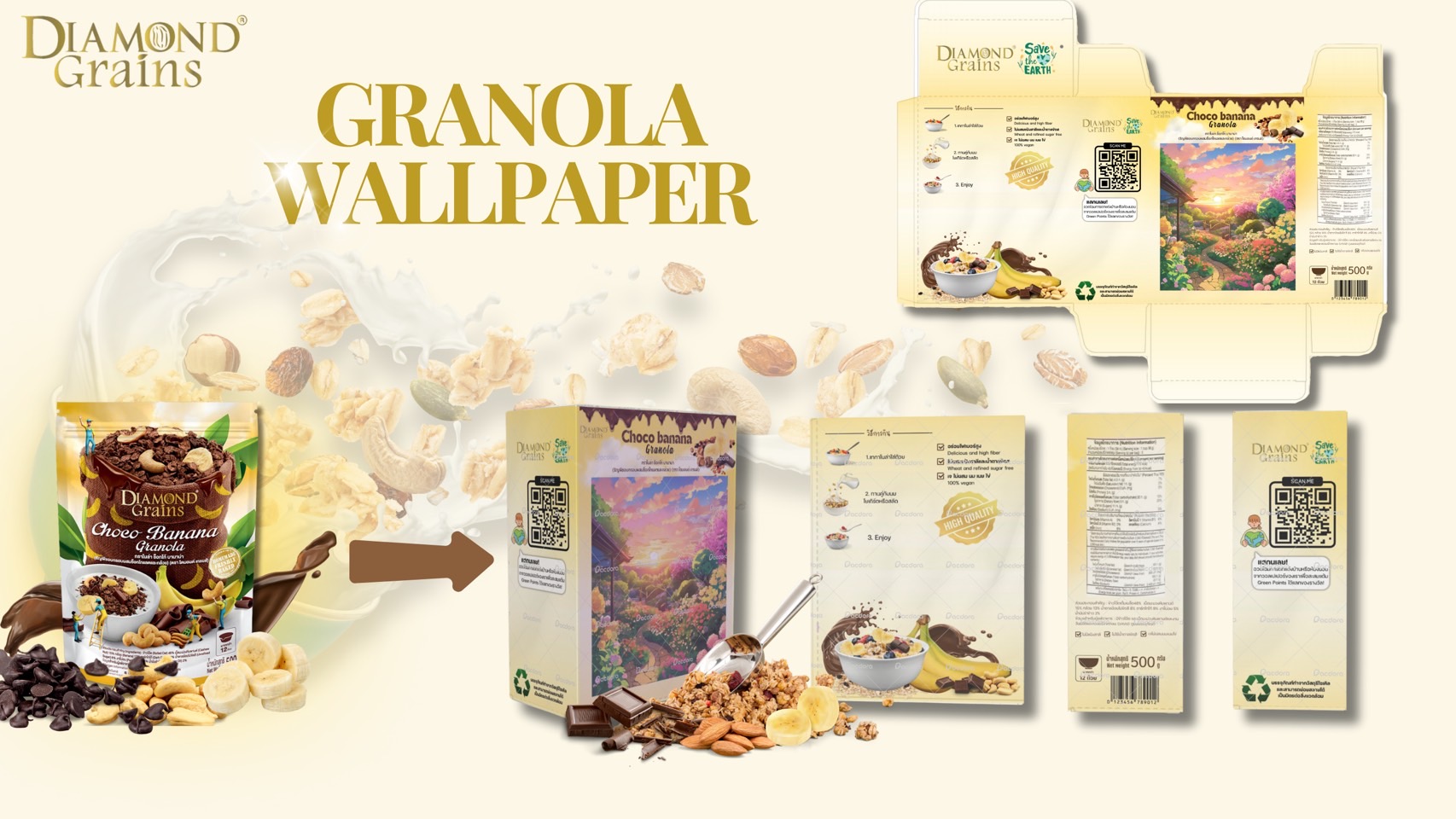
Team : Granola
Member
Mrs Nichakron Phaisunjai
Mrs Warinthon Tonsri
1. Business Environment Analysis
Market Analysis
The granola market is continuously growing worldwide due to the trend of consuming health foods and the support for products made from natural ingredients, especially among health-conscious and environmentally aware consumers. This trend increases the demand for products with natural ingredients, free from chemicals, and sustainable packaging, with an expected average growth rate of 4-6% during 2022-2028. Granola is gaining popularity for its convenience and nutritional benefits among health enthusiasts and those seeking easy-to-consume foods in daily life. The variety of granola products is also increasing, such as 100% natural granola, organic granola, and granola containing superfoods, especially among health-conscious consumers like fitness enthusiasts and families increasingly turning to healthy eating.
PESTEL Analysis
A business environment analysis of granola with packaging that can be turned into wallpaper to attract health-conscious consumers involves the following PESTEL factors:
1. Political Factors
- Environmental policies: Governments in many countries are implementing policies to support environmentally friendly products and reduce plastic use. Therefore, granola that uses recyclable and eco-friendly packaging may receive support from the government in the form of tax incentives or promotional assistance.
2. Economic Factors
- Global economic conditions: Health and environmentally friendly products often come at a higher price. If the economy is in a downturn, consumers may seek more affordable options, potentially leading to a decline in sales of environmentally friendly granola products.
- Production costs: Using environmentally friendly materials and designing reusable packaging may incur higher costs compared to conventional packaging. However, consumers' tendency to value these products may help offset these costs.
3. Social Factors
- Health and environmental awareness: Modern consumers are increasingly concerned about health and the environment. Granola products that use natural ingredients and reduce waste will likely attract consumers focused on sustainability and health.
- Unique home decor: Individuals interested in decorating their spaces may appreciate products that are creative and multifunctional.
4. Technological Factors
- Innovations in packaging production: Utilizing modern technology to create recyclable packaging that can be used for decoration provides a business advantage. Additionally, beautiful and durable printing technology can enhance product value.
5. Environmental Factors
- Waste reduction and environmental impact: Using reusable (recyclable) packaging helps decrease waste from discarded packaging, aligning with the “zero waste” concept and meeting the demands of sustainability-conscious consumers.
- Climate change awareness: Consumers are increasingly prioritizing the environmental impact of products, presenting an opportunity for granola products to emphasize sustainable production, renewable energy use, and carbon emission reduction.
- Demand to reduce plastic usage: Corrugated paper packaging that is recyclable and biodegradable meets the demand for reducing plastic usage prevalent in many countries.
6. Legal Factors
- Environmental laws and regulations: Compliance with laws related to producing eco-friendly packaging will enhance a business's competitiveness without risking penalties from stricter future regulations.
- Food safety standards: Granola production must adhere to food safety regulations, such as FDA standards, which may include requirements regarding sustainable ingredient sourcing and production processes.
- Environmental labeling: Certification from environmental organizations, such as "Green Label" or "Eco Label," will enhance credibility and attract customers.
**Summary**: Environmentally friendly granola products with reusable packaging align with the current trend of consumer emphasis on sustainability, health, and waste reduction, enhancing business opportunities in a value-driven market.
2. Brand Development Goals
- Increase sales by 20% by the end of 2024.
- Foster customer loyalty to the brand, encouraging repeat purchases
- Increase sales by 20% by the end of 2024.
- Foster customer loyalty to the brand, encouraging repeat purchases
3. Expand into new target markets by reaching previously untapped customer segments.
4. Build a socially and environmentally friendly brand while promoting sustainable business growth.
3. Target Customer Segmentation and Insights
Segmentation:
1.Behavior Segmentation:
- Environmentally conscious consumers: Individuals who prefer eco-friendly products and are interested in waste-reducing, reusable items.
- DIY and home decor enthusiasts: People interested in DIY projects who want to use packaging creatively for wallpaper or home decoration.
- Multi-functional product seekers: Consumers looking for value in products that serve multiple purposes beyond just food packaging.
2. Demographic Segmentation:
- Age: Targeting ages 25-45, a group that cares about health and home design, with sufficient purchasing power.
- Income: Middle to high-income earners willing to pay for eco-friendly and reusable innovations.
- Occupation: Working individuals seeking convenience and sustainability in daily life, including those in design or creative professions interested in decor.
3. Psychographic Segmentation:
- Health-conscious and nature-loving individuals: Consumers who prioritize health and seek environmentally friendly food options, like granola that positively impacts nature.
- Style and creativity-focused consumers: Individuals with an interest in unique designs and creating distinctive home atmospheres.
Target Market:
- Primary Target: Environmentally conscious and health-focused consumers who regularly consume granola and prioritize natural, waste-reducing products. They are typically aged 25-45, middle to high income, and prefer eco-friendly purchases. They appreciate granola packaging that can be used as wallpaper to reduce waste.
- Secondary Target: Home decor and DIY enthusiasts who enjoy creating unique home spaces. They value creativity and may see the potential in granola packaging as wallpaper, especially if it has attractive designs.
Target Insights (Ages 25-45):
- Busy Lifestyle: Enjoy granola for its convenience as a quick, nutritious breakfast or snack.
- Health-Conscious: Choose granola for its health benefits and sustained energy throughout the day.
- Eco-Friendly: Interested in environmentally friendly products, especially those with reusable packaging.
- Variety Seekers: Enjoy trying new flavors and innovative packaging designs.
- Favorite Brands: Diamond Grains ranks first, followed by Nestlé and Grainey.
- Preferred Formats: Granola cups and large bags are the most popular.
- Innovative Packaging Interest: Interested in granola with wallpaper-transformable packaging, believing it can reduce waste by 41.9%.
Summary: The primary target group of ages 25-45 values convenience, health, and openness to new innovations, particularly eco-friendly packaging. Creating products that meet this demographic's needs will differentiate the brand and build loyalty.
4. Product Packaging Design and Offering
Details: Transform the packaging by designing the front of the granola box as wallpaper to promote waste reduction and enhance creative reuse. The packaging is designed so that the front can be easily detached and used for room decoration.
Key Reasons for Packaging Modification:
- Waste Reduction: Instead of discarding boxes post-use, consumers can repurpose them for room decoration.
- Added Reusability Value: The packaging serves not only as product packaging but also as decorative wallpaper, enhancing home aesthetics.
- Sustainability Promotion: The chosen material is corrugated paper, which is strong, lightweight, and recyclable, minimizing environmental impact.
- Creativity and Design: Beautifully printed packaging will attract consumers and serve decorative purposes.
The remaining packaging can decompose naturally and be recycled, promoting sustainability across all product dimensions.
5. Marketing Activities and Brand Development through Packaging
SWOT Analysis:
Strengths:
- Sustainability: Waste reduction through reusable packaging appeals to environmentally conscious consumers.
- Multi-functionality: Combines food packaging with home decor, adding value to the product.
- Innovation: Differentiates from competitors through unique packaging design.
- Aesthetic Appeal: Attracts consumers interested in both food and design.
Weaknesses:
- Cost: Higher production costs due to dual-function packaging.
- Complexity: Design and material challenges to ensure durability for wallpaper use.
Opportunities:
- Growing Sustainability Trend: Increasing consumer focus on eco-friendly products.
- Customization Options: Allowing consumers to select diverse designs for personalized uniqueness.
- Partnerships: Collaborations with artists or designers for unique patterns.
- Education: Opportunities to raise awareness about waste reduction through creative approaches.
Threats:
- Competitor Imitation: Other brands may adopt similar eco-friendly packaging designs.
-Limited Market Appeal: Individuals uninterested in DIY or home decor may not see the value in this packaging.
TOWS Matrix:
Proactive Strategy (SO): Emphasize the versatility of packaging to attract both health-conscious consumers and environmentally aware design enthusiasts.
Corrective Strategy (WO): Create videos showcasing how to use the packaging as wallpaper to penetrate the DIY and sustainability market, inspiring consumers to see the value in reusability and waste reduction.
Defensive Strategy (ST): Utilize strong branding and product differentiation to prevent competitor imitation by positioning the packaging as eco-friendly and emphasizing design.
Reactive Strategy (WT): Focus marketing on the story of the sustainable and complex packaging development process, helping consumers appreciate the product's uniqueness and justifying its higher cost, preventing easy comparison with competitor products.
Marketing Activities and Brand Development through Packaging:
"Art for Earth: Design the Future": A competition inviting artists and designers to create works emphasizing sustainability and environmental conservation, held quarterly with unique monthly themes. Winning designs will be used as wallpaper on brand packaging, promoting waste reduction and encouraging art enthusiasts.
"Scan & Learn, Create & Earn": Customers can scan a QR code on the packaging to share photos of their decor using the granola packaging as wallpaper. Participants earn "Green Points" for shared images displayed on a public timeline, redeemable for limited edition granola products, alongside educational content on recycling and waste reduction.
Inspire & Reuse: Transform Packaging into Inspiration Reduce Waste with DIY
Create Instagram and TikTok videos demonstrating how to use granola packaging as wallpaper to showcase creative reuse ideas and waste reduction. This targets DIY enthusiasts and eco-conscious individuals.
6. KPIs for Measuring Marketing Activities and Brand Development through Packaging
“Art for Earth: Design the Future” Activity
Number of Submissions: Measure the number of participants each month, aiming for 50 submissions per month.
Engagement Rate: Measure likes, comments, and shares related to the competition on social media, targeting an engagement rate of 5% or higher.
Website/Contest Platform Visitors: Track the number of visitors to the contest website for details or voting, aiming for a 20% increase each month.
Number of Packages Using Winning Designs: Count the number of packages produced using wallpaper designed by the winners, targeting 4 designs per year.
Participant Satisfaction Score: Collect data from post-competition surveys, aiming for a satisfaction score of 4 out of 5 or higher.
“Scan & Learn, Create & Earn” Activity
Number of QR Code Scans: Measure the number of times customers scan the QR code on the packaging, aiming for 10,000 scans per month.
Number of Room Decoration Photo Uploads: Track the number of photos customers upload on the website, targeting 500 photos in the first 6 months.
User Engagement on Public Timeline: Measure likes, comments, and votes on the website's timeline, aiming for an engagement rate of 7% or higher.
Number of Green Points Redeemed: Track the number of users who accumulate and redeem Green Points for special rewards, targeting 20% of all users who scanned the QR code.
Number of Learners from the Website: Measure visits to pages about recycling and reuse on the website, aiming for 1,000 visits per month.
“Inspire & Reuse” Activity
Number of Created and Shared Videos: Measure the number of DIY videos published by the brand on Instagram and TikTok, aiming for 10 videos per month.
Views and Engagement on Instagram and TikTok: Measure the views, shares, comments, and likes on the videos, aiming for 100,000+ views per video and an engagement rate of 6% or higher.
New Followers on Social Media: Track the number of new followers gained from the video campaign launch, aiming for 5,000 new followers in the first 3 months.
Brand Awareness: Gather data from surveys about brand recognition after the campaign launch, aiming for a 15% increase in brand awareness among DIY and eco-conscious audiences.
Use of Packaging as Actual Wallpaper: Measure how many customers try using the packaging as wallpaper and share it on social media, targeting 100 posts tagging the brand within 6 months.

